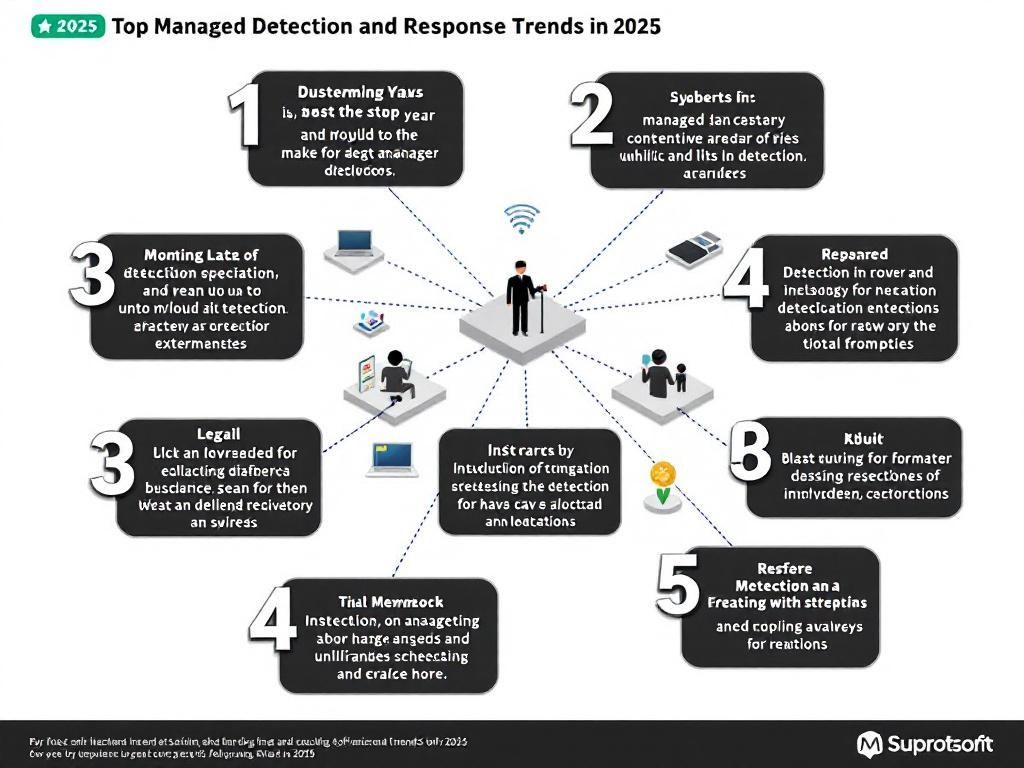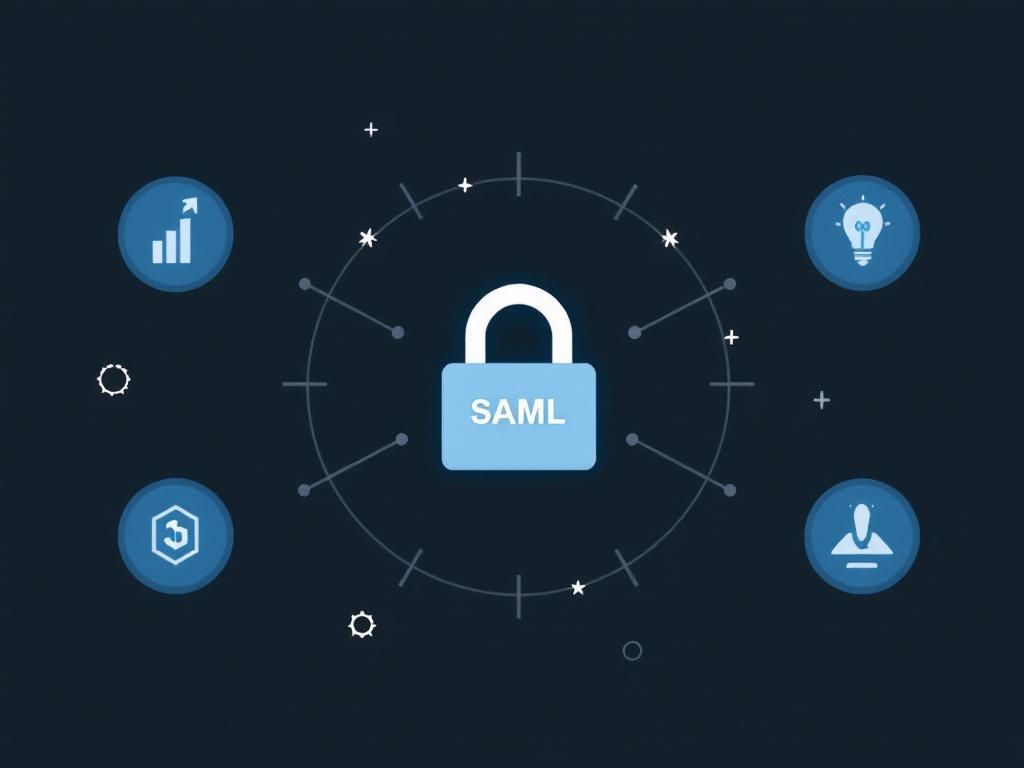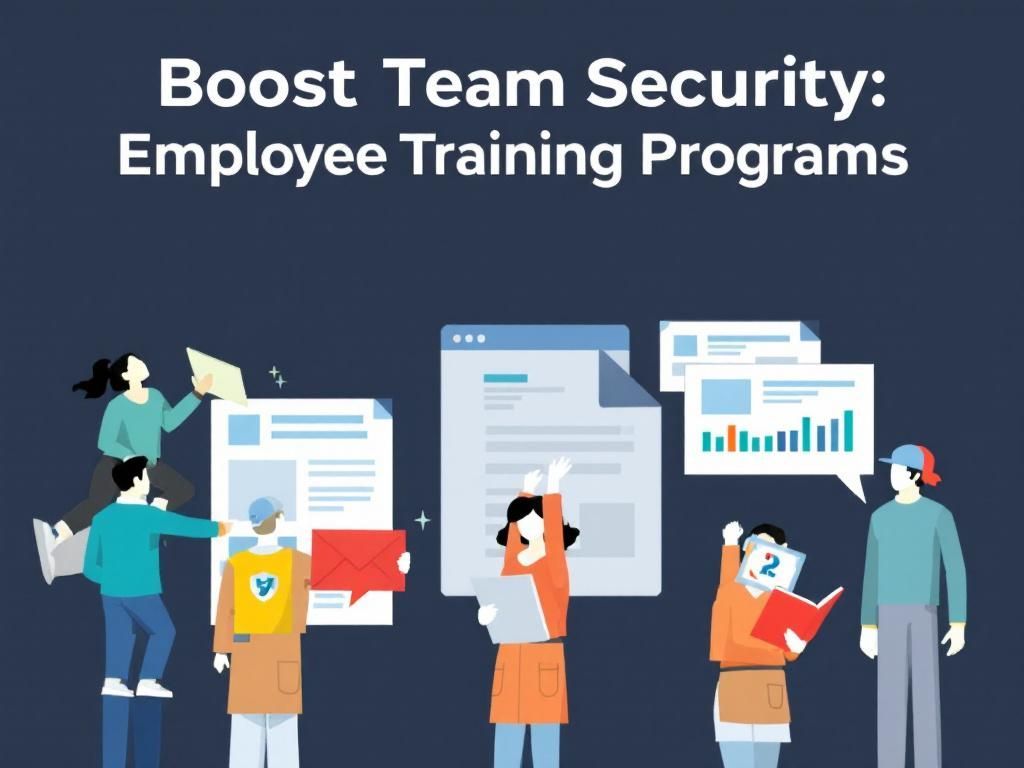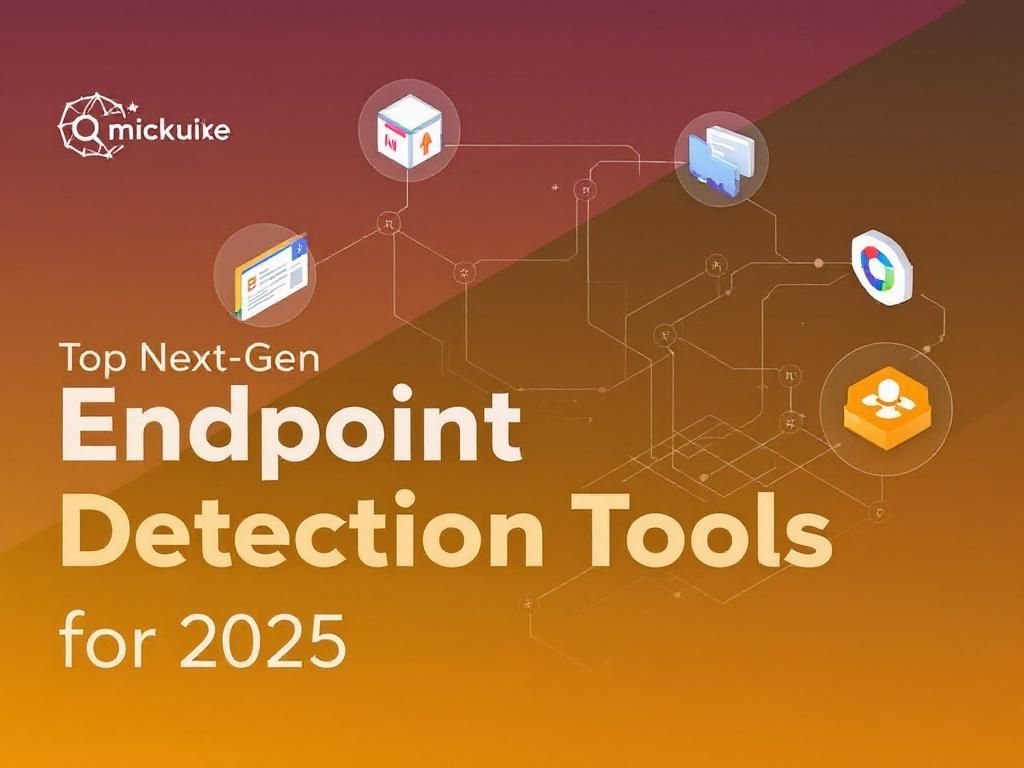Streamline Patch Management for Enterprise Networks in 2025
Discover effective strategies for optimizing patch management in enterprise networks for 2025, ensuring security and efficiency.

In the rapidly evolving realm of enterprise technology, patch management stands as a critical guardrail against security vulnerabilities and operational inefficiencies. As we move into 2025, organizations must adapt their patch management strategies to keep pace with the increasing complexity of cyber threats and the expansive array of software applications in use. This article delves into the key components of a streamlined patch management process, the technologies enabling this efficiency, and best practices for successful implementation.
Table of Contents
The Importance of Patch Management
Patch management is the process of managing updates for software applications and technologies. It is not just a compliance requirement; it is essential for:
- Security: Addressing vulnerabilities that could be exploited by attackers.
- Operational Efficiency: Ensuring that all systems operate seamlessly and efficiently.
- Compliance: Meeting industry standards and regulations that mandate timely updates.
Challenges of Traditional Patch Management
Despite its significance, many organizations struggle with traditional patch management due to several challenges:
- Resource Allocation: Limited IT resources can hinder timely patch deployment.
- System Compatibility: Different systems may require unique patching strategies, complicating the process.
- Downtime Risks: Patches can disrupt services if not managed carefully, leading to potential downtime.
Strategies for Streamlined Patch Management
To overcome these challenges, organizations can adopt several strategies to enhance their patch management efforts:
1. Automate the Process
Automation tools can significantly reduce the time and effort needed for patch management. This includes the use of:
- Patch Management Software: Solutions like Microsoft WSUS, ManageEngine, or Ivanti can automate discovery, testing, and deployment.
- Continuous Integration/Continuous Deployment (CI/CD): Incorporating patching into the CI/CD pipeline can streamline updates for applications.
2. Implement a Centralized Management System
A centralized patch management system allows for:
- Consistent application of patches across all devices.
- Improved visibility into the patch status of all systems.
- Standardized procedures for testing and deployment.
3. Prioritize Patching Based on Risk Assessment
Not all patches are created equal. Organizations should:
- Conduct Regular Risk Assessments: Evaluate the criticality of systems and the vulnerabilities associated with outdated software.
- Prioritize Critical Patches: Focus on high-risk vulnerabilities that pose immediate threats to security.
Best Practices for Effective Patch Management
Following these best practices can lead to a more effective patch management strategy:
1. Maintain an Inventory of Assets
Keep an up-to-date inventory of all hardware and software assets within the organization, categorized by:
- Version numbers
- Patch status
- Criticality to operations
2. Schedule Regular Patch Cycles
Establish a regular schedule for patching, which can include:
| Frequency | Activities |
|---|---|
| Weekly | Critical security patches |
| Monthly | Non-critical updates and patches |
| Quarterly | Review of all patching activities and assessment of compliance |
3. Implement Change Management Procedures
Incorporate robust change management protocols to:
- Document all changes made through patches.
- Assess the impact of patches on system functionality.
- Communicate changes clearly to all stakeholders.
The Role of Emerging Technologies
As we advance into 2025, emerging technologies will play a vital role in enhancing patch management, including:
1. Artificial Intelligence and Machine Learning
AI and ML can assist in identifying vulnerabilities faster, predicting potential issues from patches, and automating responses to vulnerabilities in real-time.
2. Cloud Computing
Cloud-based patch management solutions offer flexibility and scalability, allowing for quick updates across distributed networks without the need for extensive on-premise resources.
Measuring Success in Patch Management
To evaluate the effectiveness of patch management efforts, organizations should focus on:
- Patch Compliance Rates: Measure the percentage of systems that are patched consistently.
- Incident Reduction: Monitor IT incidents related to vulnerabilities that could have been patched.
- Time to Patch: Evaluate how quickly patches are deployed after release.
Conclusion
As the landscape of enterprise technology continues to shift, organizations must prioritize and refine their patch management strategies. By leveraging automation, centralizing management, and adopting best practices, enterprises can ensure their networks remain secure and resilient against evolving cyber threats. Moreover, the integration of emerging technologies will further enhance the ability to keep pace with the rapid changes in software and security landscapes. Embracing these strategies not only mitigates risks but also positions organizations for success in an increasingly digital future.
FAQ
What is patch management in enterprise networks?
Patch management in enterprise networks refers to the process of managing updates and patches for software applications and operating systems to ensure security, functionality, and compliance.
Why is patch management crucial for enterprise networks?
Patch management is crucial because it helps protect enterprise networks from vulnerabilities, reduces the risk of cyberattacks, and maintains system performance and compliance with industry regulations.
What are the best practices for effective patch management in 2025?
Best practices for effective patch management in 2025 include automating the patching process, prioritizing critical updates, conducting regular audits, and ensuring comprehensive testing before deployment.
How can automation improve patch management processes?
Automation can improve patch management processes by streamlining the scheduling and deployment of patches, reducing the risk of human error, and enabling quicker response times to vulnerabilities.
What tools are available for patch management in enterprise networks?
Various tools are available for patch management, including Microsoft System Center Configuration Manager (SCCM), IBM BigFix, and third-party solutions like ManageEngine Patch Manager Plus and SolarWinds Patch Manager.
How can enterprises ensure compliance through patch management?
Enterprises can ensure compliance through patch management by regularly updating software, maintaining thorough documentation of patching activities, and adhering to industry-specific regulations and standards.








